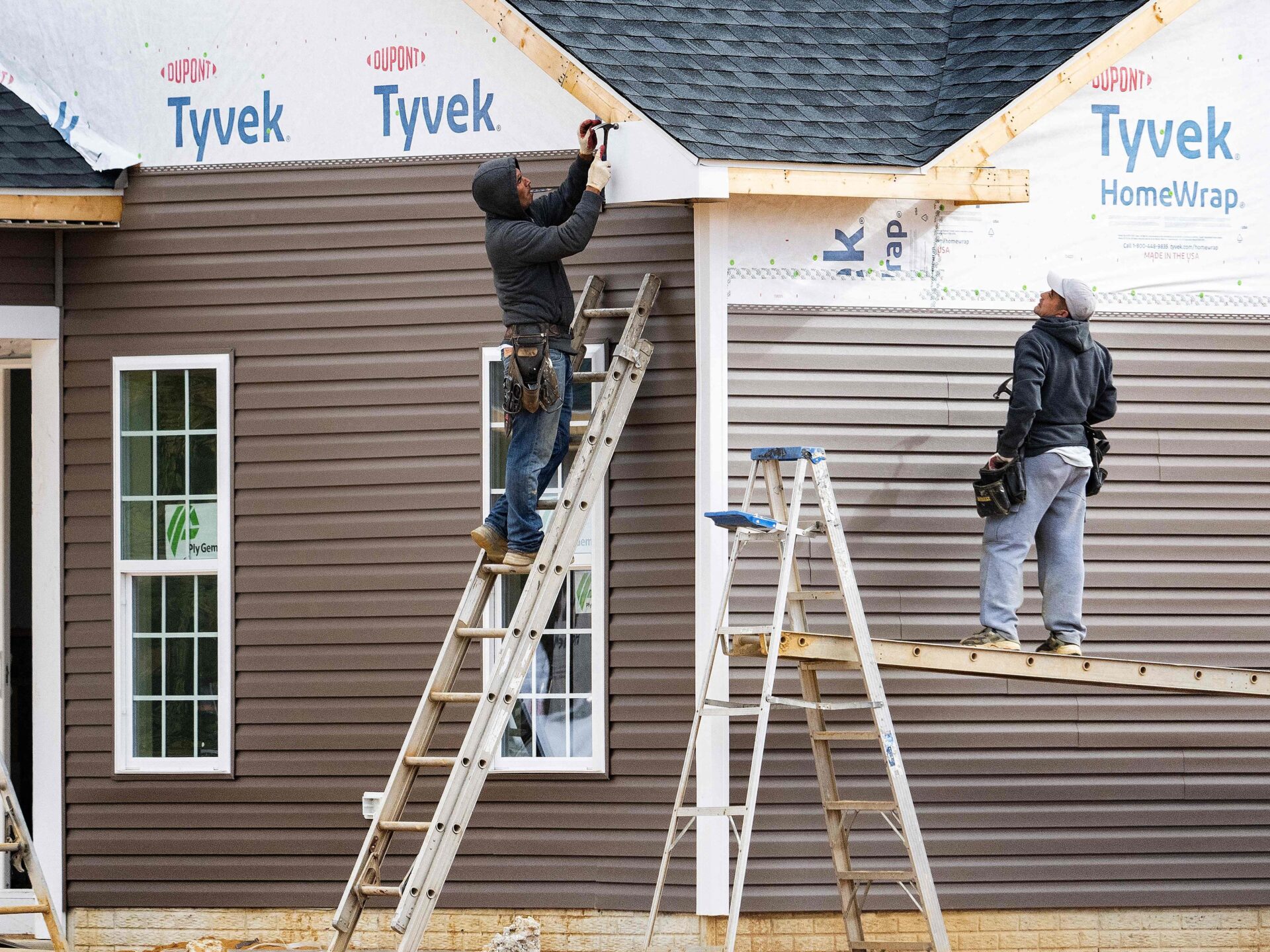In the “About Us” tab on the Workforce West Virginia website it says “Besides overseeing the state unemployment insurance program, the agency has a network of workforce development services to provide citizens and employers the opportunity to compete in today’s global economy.”
For our series “Help Wanted, Understanding West Virginia’s Labor Force,” Randy Yohe spoke with Scott Adkins, acting commissioner of Workforce West Virginia, on the job seeking services the agency provides — and how they are working.
Yohe: The state continues to go full steam ahead on economic development with a variety of businesses and industries and corporations coming to West Virginia. What are your departments and divisions and Workforce West Virginia doing to develop the workforce needed to fill those positions?
Adkins: Well, here at Workforce, most folks think that we do just unemployment, but a huge component of the work and resources that we have is working with employers. We help employers recruit qualified applicants, virtual job fairs, on-site job fairs, we do upscaling retraining, we work with the Higher Education Policy Commission, DHHR, a bunch of different partners at the state level, to make sure we’re finding the right people for the right job.
Yohe: How do you gauge success there?
Adkins: Jobs, it’s all about jobs. At the end of the day, we take somebody who is unemployed or underemployed and put them in a position where they can succeed. At the same time, meeting whatever need that employer has, which is critical. I tell folks all the time at Workforce, the employers are our customers, and working from that angle, we’re able to help employers locate qualified workers
daily.
Yohe: And it covers a variety of skill sets?
Adkins: It does. If you think about the economy in West Virginia, it’s very diversified. A lot of folks think that we just do coal. Well, 40 years ago, we just did coal, not today. We are very diversified.
Yohe: I hear the term “childcare” tossed about when it comes to being able to keep and maintain and recruit and retain a workforce. How important is it right now, in 2023? Is that element to be incorporated, maybe from the state as well?
Adkins: Yes, it’s childcare, it’s transportation, and one of the things that we’re doing at Workforce right now, we try to expand opportunities in childcare. We’re working with our federal partners to create an apprenticeship, a sort of ‘learn to earn’ for folks who are interested in getting into childcare services.
Yohe: Does the orientation for your workers there, the people that are helping these people get jobs, morph a bit, according to what’s going on with the economy and the state?
Adkins: It does. We have job coaches that have to be familiar, not just with the careers that are coming in, but as you can imagine, they vary from region to region. So what we’re recruiting for, in helping to locate employees in the Eastern Panhandle, is gonna be a lot different than if we’re in Logan County, for example, looking for the same thing.
Yohe: Tourism Secretary Ruby has plans to fill an expected 20,000 new hospitality jobs over the next three years. How will Workforce West Virginia help fill those positions?
Adkins: One thing that we attempt to do at Workforce is to create career opportunities. If you look at the labor force participation rate in West Virginia at 16 to 24 (years old), we sort of lag behind the national average. We can work with that group of our population to show that, ‘Hey, there is a career opportunity, it’s not just a job.’ We try to change the dominant way of thinking for those 16 to 24-year-olds looking at hospitality and tourism as a career opportunity.
Yohe: It seems like there’s a great team effort among all the agencies and organizations within the state to make sure that you can get the best of what each one has, in order to get a better workforce. Am I right?
Adkins: Yes. I mean, I mentioned to you earlier that we do have more people working today. And I think that goes back to the concerted effort by the governor’s office to really drive home that every system or service in the state should be seamless. There should be one point of entry, whether you’re an employer or somebody seeking a service or a job seeker. There’s a big push, as you mentioned earlier, to get all these agencies working together. We’re not all siloed anymore. Historically, we sent you from shop to shop to shop. We don’t do that anymore. We tried to create a sort of self-service, one-stop operation across all state agencies, including folks at economic development.
——
This story is part of the series, “Help Wanted: Understanding West Virginia’s Labor Force.”
